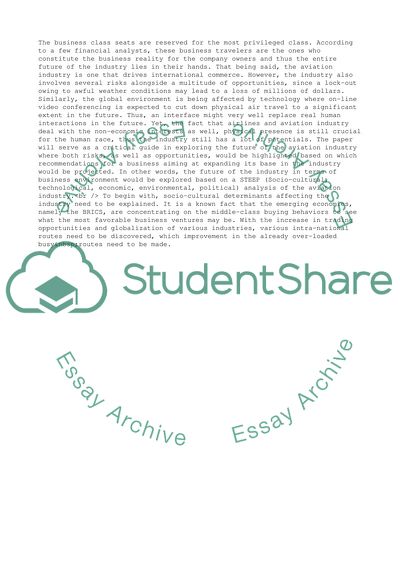Cite this document
(Sustainability in Global Business: The Aviation Industry Term Paper, n.d.)
Sustainability in Global Business: The Aviation Industry Term Paper. https://studentshare.org/business/1847292-sustainability-in-global-business-scenario-planning-project
Sustainability in Global Business: The Aviation Industry Term Paper. https://studentshare.org/business/1847292-sustainability-in-global-business-scenario-planning-project
(Sustainability in Global Business: The Aviation Industry Term Paper)
Sustainability in Global Business: The Aviation Industry Term Paper. https://studentshare.org/business/1847292-sustainability-in-global-business-scenario-planning-project.
Sustainability in Global Business: The Aviation Industry Term Paper. https://studentshare.org/business/1847292-sustainability-in-global-business-scenario-planning-project.
“Sustainability in Global Business: The Aviation Industry Term Paper”. https://studentshare.org/business/1847292-sustainability-in-global-business-scenario-planning-project.


